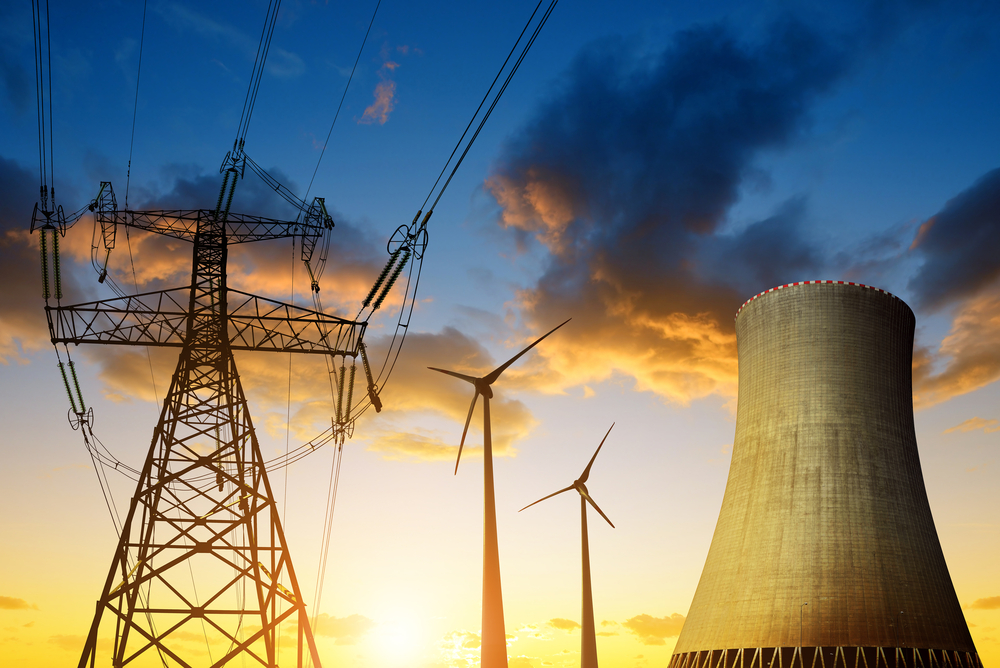
Electricity, the lifeblood of modern society, fuels our homes, industries, and technological advancements. Yet, nearly one billion people live without access to this vital resource. The challenges of climate change, pollution, and environmental degradation necessitate a shift in how we generate electricity. Over the last century, we have relied on fossil fuels, hydroelectricity, and nuclear energy. Despite the growth of renewables, fossil fuels still dominate, accounting for 64.5% of global electricity generation in 2017. As the demand for electricity rises, a sustainable world demands a transition to low-carbon energy sources, with nuclear power playing a crucial role.
Where do we get our electricity?
The Fossil Fuel Quandary:
Fossil fuel power plants, burning coal or oil, have been the stalwarts of electricity generation. While reliable and cost-effective, they exact a heavy toll on the environment. The combustion of carbon-based fuels produces massive amounts of carbon dioxide, the primary driver of climate change. Moreover, these plants release pollutants like sulfur and nitrogen oxides, contributing to acid rain and causing significant health issues. In countries like China, where coal is a major energy source, air pollution from fossil fuel plants leads to an estimated 670,000 premature deaths annually. The transportation of large quantities of fossil fuels over long distances further adds logistical challenges and supply vulnerabilities.
Hydroelectric Power: A Mighty Force with Consequences
Large hydroelectric power plants, storing water behind dams, contribute 16% of global electricity. Despite their ability to generate substantial low-carbon power, the construction of large dams comes at a considerable environmental and human cost. The Three Gorges Dam in China, the world’s largest, displaced 1.3 million people during its construction. Moreover, accidents related to hydroelectric power, such as the Banqiao Dam collapse in 1975, led to 171,000 fatalities, marking it as the deadliest energy source in terms of accidents.
Nuclear Energy: A Clean Powerhouse
Nuclear power emerges as a beacon of clean energy. Reactors harness the heat generated from splitting atoms to produce steam that drives turbines. This process emits negligible greenhouse gases and boasts remarkable reliability. Nuclear power contributed 10.5% of global electricity in 2018. The longevity of nuclear power plants, with a lifespan of at least 60 years, coupled with the minimal waste produced, positions nuclear electricity as the most affordable and sustainable option. With one kilogram of uranium offering energy equivalent to one ton of coal, the waste generated – about 500 grams per year – fits into a soda can. Recycling strategies, like direct disposal or reprocessing in reactors, further contribute to low-carbon electricity generation.
France has long been a global leader in nuclear energy, consistently maintaining a high percentage share of total electricity generated from nuclear sources. According to pris.iaea.org (https://pris.iaea.org/), France produces 62.6% of its electricity by nuclear power.
Nuclear Energy as a Percentage of Electrical Power by Country
Renewables: Unpredictable Prowess
Wind and solar power, heralded as renewable champions, accounted for 4.4% and 1.3% of global electricity in 2017, respectively. However, their unpredictable nature, dependent on weather conditions, poses challenges. Wind turbines generate power based on wind speed, while solar panels rely on sunlight strength. This variability necessitates backup systems, often provided by natural gas plants, which emit significant carbon dioxide and methane, contributing to climate change.
Biomass: A Double-Edged Sword
Biomass power plants, fueled by organic materials like wood chips and domestic waste, contributed 2.3% of global electricity in 2017. However, the production and transport of biomass can outweigh the energy benefits, leading to greenhouse gas emissions comparable to fossil fuels. The extended absorption time for emitted carbon dioxide and environmental impacts on land use and ecology further complicate the sustainability of biomass as an energy source.
The Road to Our Electric Future:
Recognizing the urgency to address climate change and air pollution, a collaborative effort between nuclear and renewable energy sources is imperative. The World Nuclear Association’s Harmony program sets an ambitious goal for nuclear power to provide at least 25% of electricity by 2050. Achieving this requires a tripling of global nuclear generation. The synergy between nuclear and renewables offers a reliable, affordable, and clean energy future, reducing our reliance on fossil fuels and steering us towards sustainability.
Conclusion:
Our journey to power the future demands a strategic mix of energy sources. While fossil fuels, hydroelectric power, and renewables have their roles, nuclear power stands out as a beacon of clean and efficient energy. The collaboration between nuclear and renewables, guided by ambitious programs like Harmony, holds the key to a future where electricity meets the growing global demand sustainably and responsibly.





